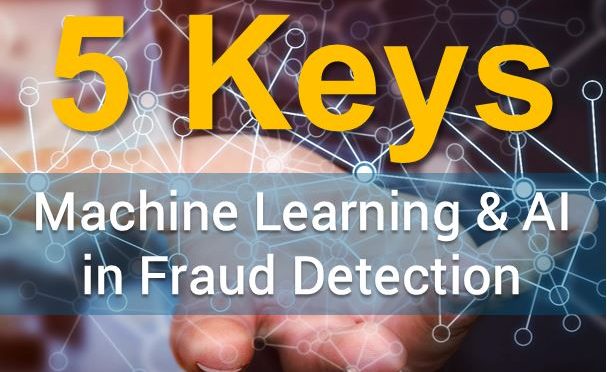Fraud Detection: Specialized vs. Generic Fraud Analytics
Blog: Enterprise Decision Management Blog

This is the third in my series on five keys to using AI and machine learning in fraud detection.
As in many professional fields (medicine, law, construction, etc.), there are generalists and specialists. The same applies to the development of behavioral analytics; there are general modeling techniques and highly specialized techniques. For example, your communications provider may use a behavioral model to spot indications that you’re likely to leave their service in the next 90 days. Or an online gaming site may employ general behavioral analytics to identify users in need of intervention.
While human behavior may appear to be a universal concept, the ability to effectively detect anomalous behavior in one domain is not an indication of effectiveness in another.
In fraud detection, artificial intelligence relies on raw data as well as predictive characteristics that serve as inputs to a model that produces a score. These characteristics represent the inferred patterns or relationships within the data that are often discovered with machine learning. Data scientists with strong knowledge of the fraud domain then improve this discovery process by evaluating and refining the weights, portions and combinations of predictive characteristics for optimal performance of fraud analytics.
The Importance of Domain Knowledge
Many providers of fraud analytics choose to ignore the importance of domain knowledge in the model development process. Instead, they rely on generic behavior models that must learn to identify patterns of fraud slowly over time, based on relatively few cases.
Consider this example: A 42-year-old woman from Sacramento, CA, is a frequent domestic traveler. She is attempting to withdraw the equivalent of $300 US from an ATM in Seoul. Your fraud system has less than a second to make a risk determination.
Is this anomalous behavior? It may be. That’s relatively easy to determine. But is it indicative of fraud? That’s a tougher question that only specialized fraud analytics, honed on huge quantities of data, can accurately assess.
In order to maintain a positive consumer experience, specialized fraud analytics must be used to assess the “tough” questions. This is where advanced profiling, fraud-specific predictive characteristics, and adaptive capabilities separate themselves from generic behavior analytics.
In a world of real-time payment processing and rapidly changing consumer preferences, generic behavior models are not sufficient for cross-channel, enterprise fraud solutions. After all, when and how someone chooses to transact is not as predictable as his or her likelihood to cancel a fitness club membership.
There are significant financial and reputational risks when pointing a generic behavior model at a fraud use case.
Key 4 is leveraging large datasets in model development and training. Watch for that post, and follow me on Twitter @FraudBird.
For more information:
- Review Key 1: Integrating Supervised and Unsupervised AI Models in a Cohesive Strategy
- Review Key 2: Applying Behavioral Profiling Analytics in Fraud Detection
- Download our white paper, 5 Keys to Using AI and Machine Learning in Fraud Detection.
The post Fraud Detection: Specialized vs. Generic Fraud Analytics appeared first on FICO.
Leave a Comment
You must be logged in to post a comment.







